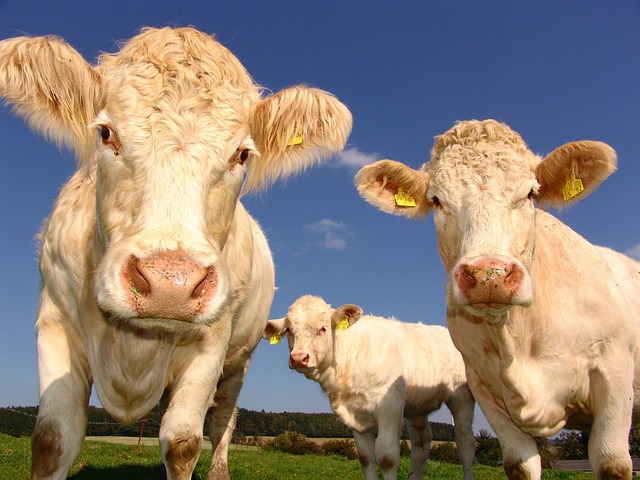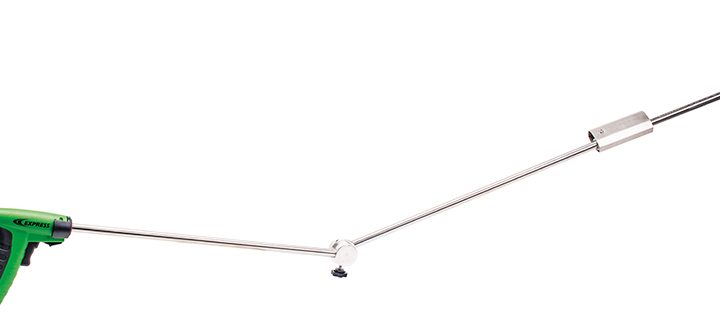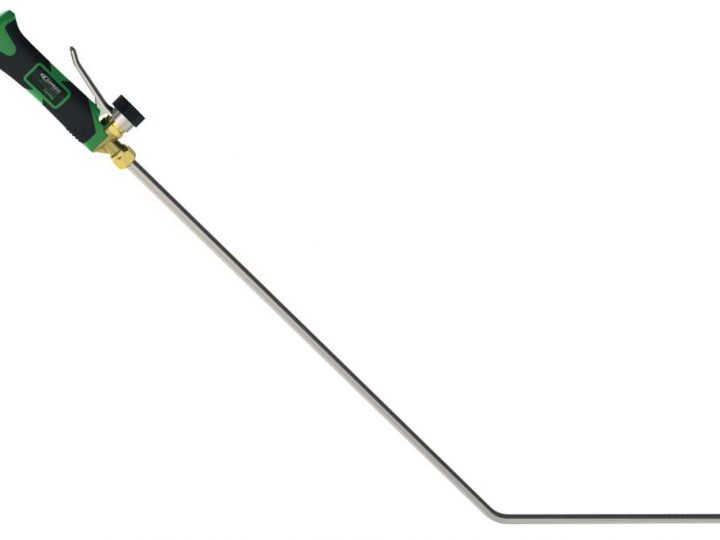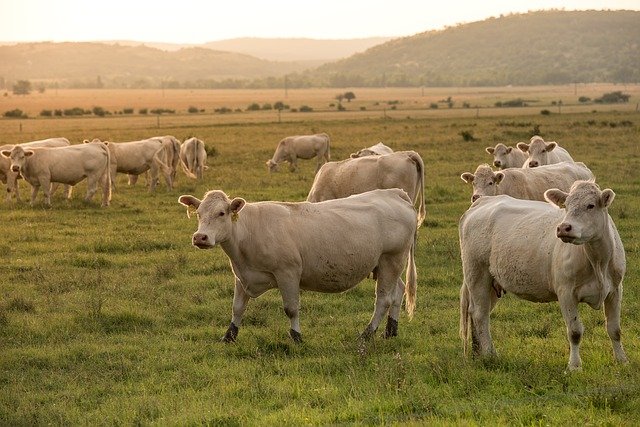
Bovine mastitis (article in french) is a constant risk for farmers. This infection can harm animal well-being, as well as negatively affect the quality and quantity of milk produced. It is therefore crucial to put in place strict hygiene measures to avoid any contamination.
How bovine mastitis spreads
The main vector of the spread of bovine mastitis is the teat at the tip of the cow’s udder. It is the preferred route for microbes and should therefore be the focus of attention.
Farmers need to deal with several aspects to avoid the appearance of mastitis:
- the cows must be in excellent health, so their immune systems remain effective;
- the milking machine should be suitable and well maintained.
- the milking machine should be suitable and well maintained.
Udder contamination occurs during milking, as well as when the cow lies down. The stable should be regularly cleaned and covered with fresh straw.
A balanced diet will help boost animals’ immune systems. Farmers should pay special attention during sensitive periods, for example during calving, feed transitions and changes of season. Cows should also be given a spacious, calm and clean environment, as their mental balance is also important for them to remain in good health.
The milking machine should be carefully adjusted and maintained. It should be cleaned as often as necessary, using suitable products. Cleaning products should not be too aggressive, to avoid harming the teat and removing its natural immune defences. A poorly looked after milking machine will increase contamination between animals.
The milking machine should be applied so as to allow as little air as possible to get through and avoid any dripping or over-milking.
Cow udder hair removal to nip contamination in the bud
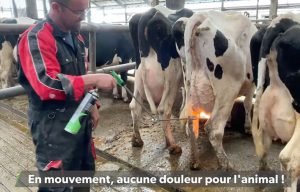
Cow udders are naturally hairy and hair growth tends to increase during the winter. Hairs offer an ideal home for microbes, where they can easily gain a foothold. What’s more, hairs cause more sweating and reduce the efficiency of automatic milking systems. To avoid any risk of contamination, hair should be removed from the udders.
You can shave them, but this is time-consuming and uncomfortable, for both the farmer and the cows. It also needs to be carried out frequently. It is preferable to perform hair removal with a low-temperature flame, which is much faster and less stressful for the animals. It only needs to be carried out once every 6 to 8 weeks, according to how hairy the cows are and the season.
With a hair remover like Dana from Express, you have a handy tool that can be used everywhere, in both stalls and milking parlours. It takes less than 10 seconds to remove hair from a cow’s udder. The “soft” flame (with low oxygen content) produces a sensation of heat, but never burning. It is also very hygienic, which is not always the case with shaving.
With its 1.20-metre reach, farmers can slide the hair remover between the cow’s limbs; alternatively, when this is too tricky, they can approach the udders from the side. They can accurately adjust the burner angle using the tilt mechanism. They then simply light the hair remover, which runs on gas, with the Piezo system activated by the tool’s trigger.
Dana weighs 850 grams and has an attached cartridge, meaning that is doesn’t require a gas hose, which is liable to get in the way and wear over time.


